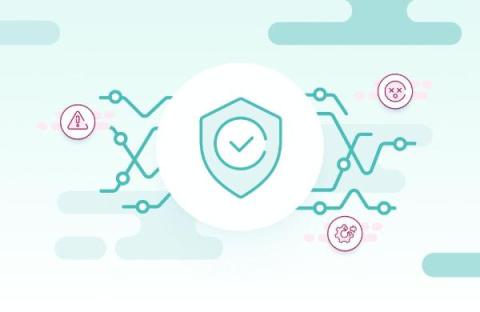Quick Guide to the OWASP OSS Risk Top 10
CVEs, or known and cataloged software vulnerabilities, dominate the discussion about open source software (OSS) risk. In 2016, 6,457 CVEs were reported. That number has grown every year since, reaching 28,961 CVEs reported in 2023—an increase of nearly 4.5 times in just seven years. 2024 is already on track to beat 2023, and we will likely see even faster growth once AI is earnestly set to the task of finding vulnerabilities (not to mention creating them).











